-
Melinda DeSell, CRNP
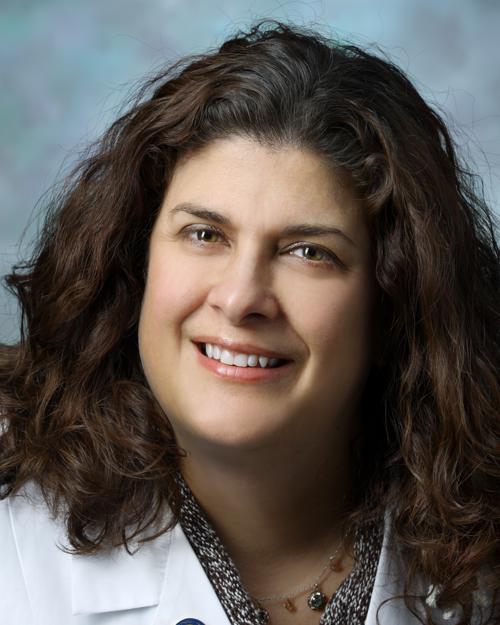
Expertise: Otolaryngology
Primary Location: Johns Hopkins Outpatient Center, Baltimore, MD
-
Julie E. Hoover-Fong, MD PhD
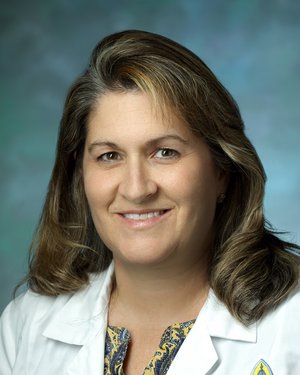
- Director, Greenberg Center for Skeletal Dysplasias
Expertise: Pediatric Genetics, Medical Genetics
Primary Location: Rubenstein Child Health Building, Baltimore, MD
-
Eric M. Jackson, MD
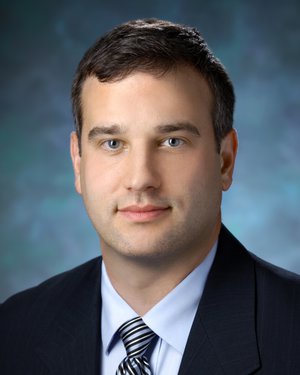
Expertise: Pediatric Neurosurgery, Neurosurgery
Primary Location: Johns Hopkins Outpatient Center, Baltimore, MD
-
Rick Redett, MD

- Director, Plastic and Reconstructive Surgery
Expertise: Pediatric Plastic Surgery, Pediatric Craniofacial Plastic Surgery
Primary Location: Johns Hopkins Outpatient Center, Baltimore, MD
-
Robin Yang, MD DDS
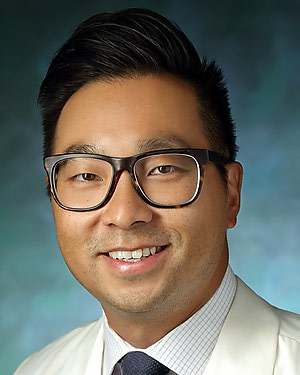
- Director of Pediatric Plastic Surgery
Expertise: Dentistry, Pediatric Oral and Maxillofacial Surgery, Oral and Maxillofacial Surgery, Pediatric Craniofacial Plastic Surgery
Primary Location: Johns Hopkins Outpatient Center, Baltimore, MD
-
Ilana Zinn, DMD MS
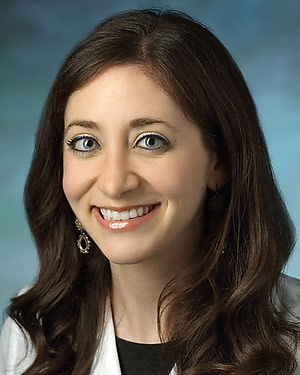
- Director, Cleft-Craniofacial Orthodontics
Expertise: Orthodontics, Dentistry, Otolaryngology
Primary Location: Rubenstein Child Health Building, Baltimore, MD
Children born with a cleft lip or palate — or identified as having a cleft lip and palate while in utero — can have some challenges, including increased susceptibility to ear infections, hearing loss, feeding and speech problems. Our team of experts at the Johns Hopkins Cleft Lip and Palate Clinic helps patients achieve their full potential, without being defined or limited by facial differences.
Why choose the Johns Hopkins Cleft Lip and Palate Clinic?
Our surgeons who specialize in cleft lip and palate and other craniofacial conditions provide compassionate and expert care that addresses not only the physical, but also the emotional needs of our patients and their families.
Our team sees a large volume of patients, treating hundreds of patients and families every year.
The Johns Hopkins Department of Plastic and Reconstructive Surgery is listed as an ACPA-Approved Team by the American Cleft Palate Craniofacial Association.
Treatment at the Cleft Lip and Palate Clinic
To repair a cleft lip, the plastic surgeon uses a special technique to suture the two sides of the lip together, leaving a scar that blends into the lip. To repair a cleft palate, the plastic surgeon uses tissue from either side of the mouth to fill in the gap, rebuilding the palate. Surgery is generally done within the first 12 months after birth. At Johns Hopkins, our reconstructive surgeons repair the lip in one or two surgeries and the palate in a single surgery.
-
The Johns Hopkins Cleft Lip and Palate Clinic team meets on Monday afternoons to evaluate and treat children in a multispecialty setting. We are there for patients and their families from prenatal diagnosis to ongoing consultation through the child’s teen years. We consider all factors — physical and emotional — in how we create each child’s individual treatment plan. We also work closely with the patient’s pediatrician and other providers.
If your insurance requires a referral, be sure to bring a copy with you to your first appointment or fax it to 410-955-7060. We recommend you bring any recent tests or reports about the patient, such as hearing tests, CT scans, X-rays or MRI images and reports. Plan on staying at the clinic for about three hours to see all of the necessary specialists. Other children are welcome at the clinic, but if possible, we recommend attending the appointment with just the patient. This allows parents and guardians to focus on the important information from the clinic team.
During the first year of treatment, a child will likely need to return for two or three appointments. After the child’s cleft lip and palate are repaired, the child will typically have an appointment once a year, unless there are issues that require additional visits. Most children are seen through their teen years.
-
A craniofacial orthodontist will be part of the cleft lip and palate treatment process from the child’s infancy through young adulthood.
The orthodontist plays a critical role in:
- Naso-alveolar molding (NAM) during infancy. NAM is an appliance that aligns the gum segments prior to cleft lip repair.
- Treatment during childhood. During this time, the orthodontist works with the surgeon to prepare the patient for a bone graft. During the bone graft procedure, a small piece of bone is placed into the gum line to better support the teeth. This period may also include the need for dental braces.
- Treatment during adolescence to young adulthood. During this time, the orthodontist works with the surgeon to prepare the child for jaw surgery when needed, and works with the prosthodontist for dental implants and dental bridges. This period may also include the need for dental braces. The orthodontist also plays a vital role in the pre- and post-surgical monitoring of the area to ensure proper healing and progress.
Our Team
Kim Seifert, B.S.N, R.N.

Carolina Escobar, B.S.N, R.N

Bethany Kirby, M.S., CCC-SLP

Kyleigh Negus, M.S., CCC-SLP

Carolyn Applegate, M.G.C, C.G.C

Patient Information
Prenatal Diagnosis and Counseling
The frequency of a prenatal diagnosis of cleft lip and palate is increasing with improvements in ultrasound technology. We encourage parents to make an appointment as soon as the diagnosis is made so we can discuss treatment options for their baby.
During prenatal consultation, you will meet with the team: a pediatric plastic surgeon, a registered nurse, who is our clinic coordinator, and a feeding specialist. In this initial meeting, we will review the diagnosis, outline the treatment plan and timeline, and explain the anatomical details of the cleft. In addition, we will teach you feeding techniques that may be required for a baby with a cleft and provide you with special bottles.
Pre-Adoptive Counseling
During a pre-adoptive visit, we will review any medical records and photographs of the child. The pediatric plastic surgeon will explain possible treatment plans based on the information provided and the child’s diagnosis. We will address any special feeding techniques and answer questions about speech and language development. Once your child is home, we will schedule a multidisciplinary team evaluation to come up with the best plan for your child and family.
Cleft Lip and Palate Treatment at Johns Hopkins
After having two children with a cleft lip and a cleft palate, one Baltimore family visits Dr. Richard Redett in the Department of Plastic and Reconstructive Surgery to seek treatment and ongoing care at the Johns Hopkins Cleft and Craniofacial Center.


